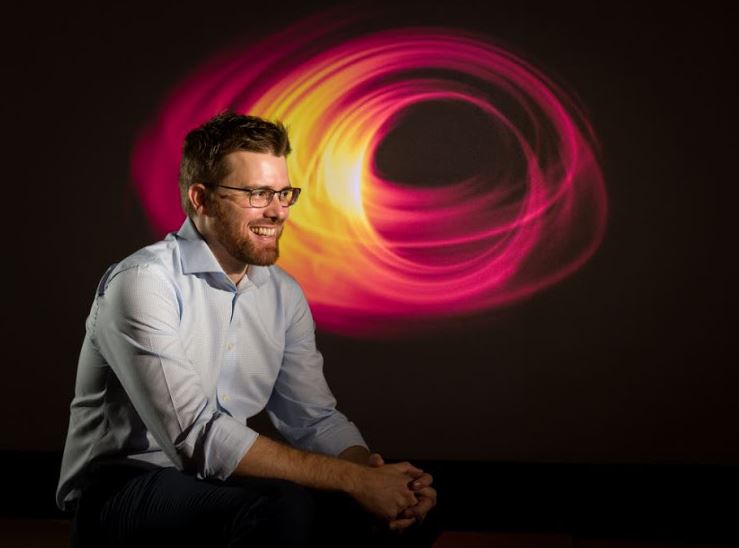Black Hole: South African Astrophysicist Part of Scientific Milestone


Predicted by Albert Einstein over 100 years ago, scientists have finally been able to photograph black hole, and essentially prove that black holes exist. It was believed by many, including well respected scientists, to be impossible to see a black hole, for the simple reason that they are invisible.
Black hole’s gravitational pull is so much, that not even light can escape.
However, using a complicated system of telescopes located in various parts of the world and together referred to as the Event Horizon Telescope, scientists did just that and the world was finally able to see what a black hole looks like on Wednesday.
It has now emerged that a South African was on the team that made it possible.
New Multi-million Rand Mall Coming Up in Durban
University of Pretoria astrophysicist, Professor Roger Deane was part of the international group of scientists that made history. Deane and his team were tasked with developing simulations from the telescopes, which had been positioned across the world to achieve the same range as a telescope the size of earth.
These simulations mimicked the data coming from the real instrument. Deane had travelled to Brussels for the announcement.

Speaking to journalists via Skype, Deane said,
“In the case of the EHT, we built a simulation package that physically modelled a number of non-desirable effects that prevent one from seeing any sort of black hole shadow feature,”
“This accurate simulation of the telescope enables astronomers to better understand the real observations, discriminate between theoretical black hole shadow models, and insights into the characteristics and performance of the telescope itself.”
”194,000 Driving Licence Backlog to Be Cleared.” Nzimande Promises
He added that the image was just the beginning of their investigations. “I’m just proud and honoured to play my small part in this amazing international team.”
University of Pretoria Vice Chancellor Professor Tawana Kupe congratulated Deane on his contribution.
“This young scientist is an inspiration to scientists on the African continent. Our staff and students are innovative and creative thinkers who excel in cutting-edge research and this discovery is a great example of what can be achieved if we work together across borders and disciplines.”
The somewhat blurry image reveals a ‘Super-massive’ black hole 55 million light years away. Its diameter is wider than our solar system, and its mass about 6.5 billion times that of our closest star, the sun.
Black holes were predicted by Einstein’s theory of relativity.



